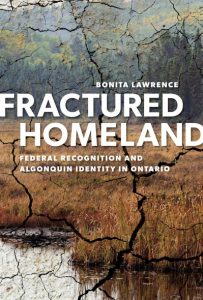
With regard to your own paper:
- Topic: The topic of my paper is…
- Thesis: The argument of my paper is…
- Evidence: Three key pieces of evidence/literature that I use to back up my argument are… They back up my argument because….[make it explicit how the evidence proves your point.]
- The stakes: My argument matters and is important because…
With regard to the paper(s) of your colleague(s):
- The strengths: Three really strong elements in what you’ve said / written are… Be specific here. This might be the evidence itself; how the evidence is explained and linked to the argument; the stakes of the argument, the writing style; the argument itself; or something else.
- In need of clarification: Three elements that I would like to understand better are… Again, be specific and try to provide concrete helpful suggestions. Is the point not made explicitly enough?; is additional evidence needed?; is the connection between the evidence and the point the author wants you to take away not clear enough?
- Questions: Three questions that I have after hearing about your paper are… These should be questions that will help your partner(s) go deeper into their own writing, not questions that go off in additional speculative directions. Try to ask questions that you think will help your colleague(s) clarify their argument both for themselves and for me.
- The stakes: An additional way that I see significance in your argument is… Help your colleague(s) connect their specific argument to broader themes, conclusions, and issues.
